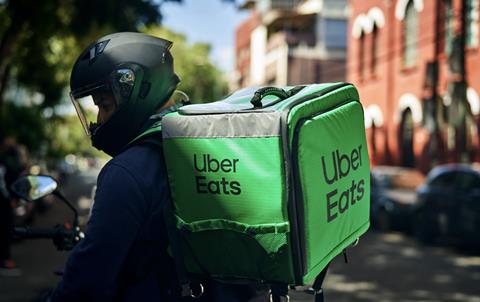
Order stacking – when a food delivery rider takes two or more orders on a single journey – is booming among the aggregator apps, according to new data from Rodeo, with around half of all Uber Eats orders now part of a stack.
There are two main types of order stacking – sometimes known as batching: ‘same pick up’, where a rider picks ups two or more meals or grocery orders for two or more customers at one restaurant or store at the same time, and ‘multi-pickup’ where a rider visits multiple restaurants and stores to pick up orders for multiple customers, and delivers them in a single journey.
Data from Rodeo – a platform that enables riders to track earnings across multiple apps – shows ‘multi pickup’ orders have more than doubled for Uber Eats since 2022. Deliveroo and Just Eat have also introduced the practice and are increasingly sending riders to pick up multiple orders.
Transporting multiple orders at the same time means drivers achieve a higher throughput. While this might be expected to mean higher earnings for drivers, the opposite is true, according to Rodeo analysis.
Riders earn an average £15.70 per hour of active delivery time delivering single orders, but only £14.55 per hour when delivering two orders from a single restaurant and £15.54 per hour when delivering multi-pickups. And these figures do not take into account riders’ idle time between orders. Rodeo estimates that 22% ‘same pickup’ deliveries on Uber now pay less than minimum wage for the time on order.
The data suggests the trend is not positive for restaurants and grocers, or their customers either. On average single, direct orders take 16 minutes from the driver accepting the order to dropping off. ‘Same pickup’ doubles take 28 minutes on average, implying that one of the customers will be waiting longer for their food, while multi pickups take even longer at an average 32 minutes.
Multi pickup orders were found to take twice as much time as a single order, suggesting, Rodeo says, “that there is no actual efficiency saving vs two singles”.
“Stacking is an important part of efficiency in the on-demand food delivery market. Without it throughput would be lower and the cost of delivery would rise,” said Alfie Pearce-Higgins, co-founder of Rodeo.
“However, stacking decisions are no longer controlled by merchants. Uber and other platforms are trying to squeeze in more and more stacking. This doesn’t benefit drivers who get paid less for their time. It doesn’t benefit grocers or other merchants because it degrades customer experience.
“This is particularly problematic for businesses using [Uber’s white label delivery service] Uber Direct because they actually own the customer relationship and are likely to be blamed for any service issues,” Pearce-Higgins added.
The distribution of single and stacked order is not evenly spread across restaurants and retailers, Rodeo found.
Among grocers, Tesco was found to have the most single, direct orders (around a third) and fewest stacked orders, followed by Asda, Sainsbury’s, Morrisons and Co-op (around 40% of orders were part of a stack). Waitrose, One Stop, M&S and Iceland had more (just under half) of orders in a stack.
In response to customer dissatisfaction about takeaways arriving cold or late, the aggregator apps have responded not by reducing stacked orders, but expecting users to pay a premium for more direct deliveries.
Last month, Deliveroo introduced an invitation-only, £19.99 per month subscription service called Plus Diamond, promising, among other perks “priority delivery on every order”. Uber Eats offers a priority delivery option, where users can pay an additional delivery fee to ensure they are the first order dropped off by a stacked order-carrying rider.
In some cases reported on social media, this has seen (non-prioritised) customers tracking their rider driving straight past their house without dropping off their order to make another delivery before returning later.







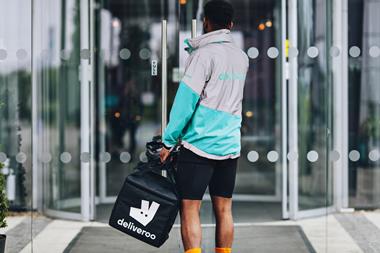




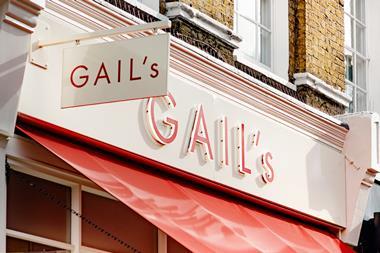

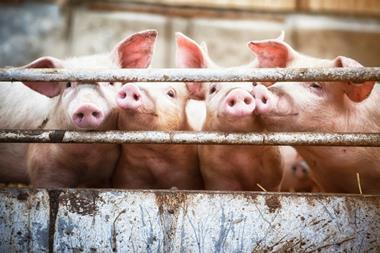
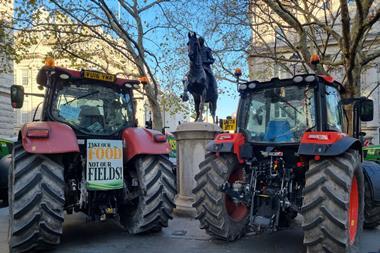
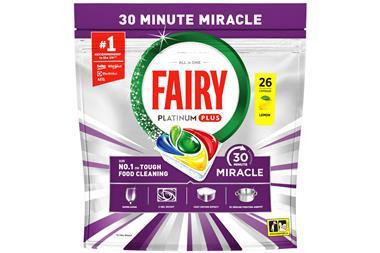


No comments yet